13 Stunning Antique Rugs That Carry Hefty Price Tags
Coveted antique rugs are highly prized for their beauty, craftsmanship, and rarity. These rugs often have unique patterns and rich histories that make them stand out. Collectors and enthusiasts seek them because they represent a blend of art and tradition. The value of these rugs can grow over time, attracting serious buyers. Understanding what makes a rug coveted can help you appreciate its significance and worth.
This post may contain affiliate links, which helps keep this content free. Please read our disclosure for more info.
Isfahan Persian Rug
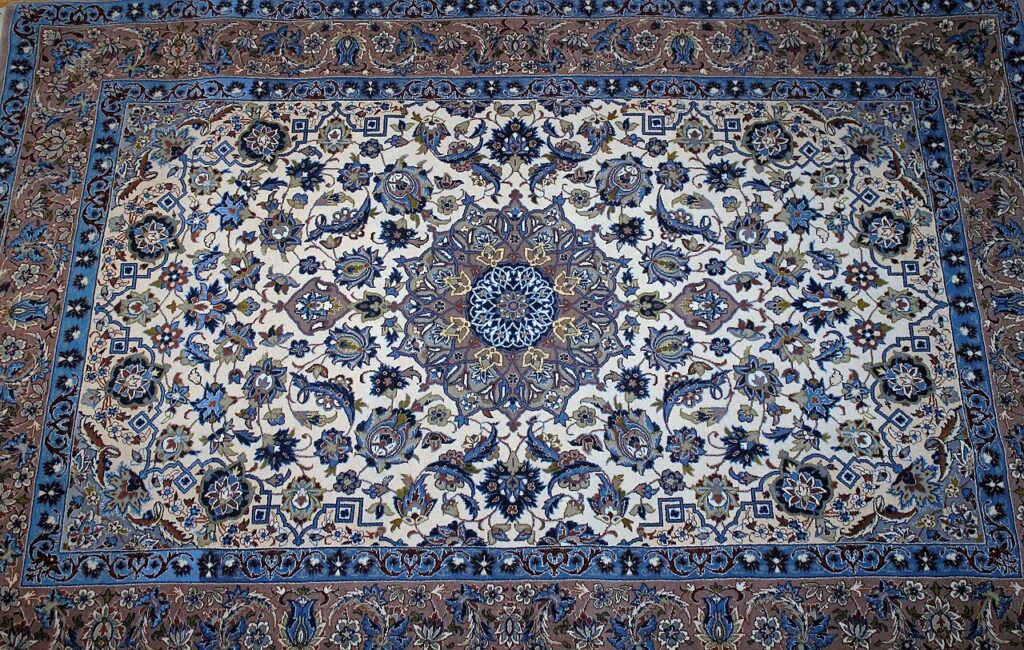
Isfahan Persian rugs come from the city of Isfahan in central Iran, known for its rich cultural heritage in carpet weaving. These rugs are traditionally made from high-quality wool and silk, using a fine knot density. Most Isfahan rugs date back to the 16th century and are admired for their intricate floral and medallion designs. Their craftsmanship and artistic detail make them highly valuable in the antique market.
These rugs command high prices due to their rarity, durability, and exquisite patterns. Collectors appreciate their deep colors and fine weaving technique. Well-preserved Isfahan rugs can range from $10,000 to over $100,000 depending on size and condition. Their elegant style adds sophistication to any space.
Kerman Persian Rug
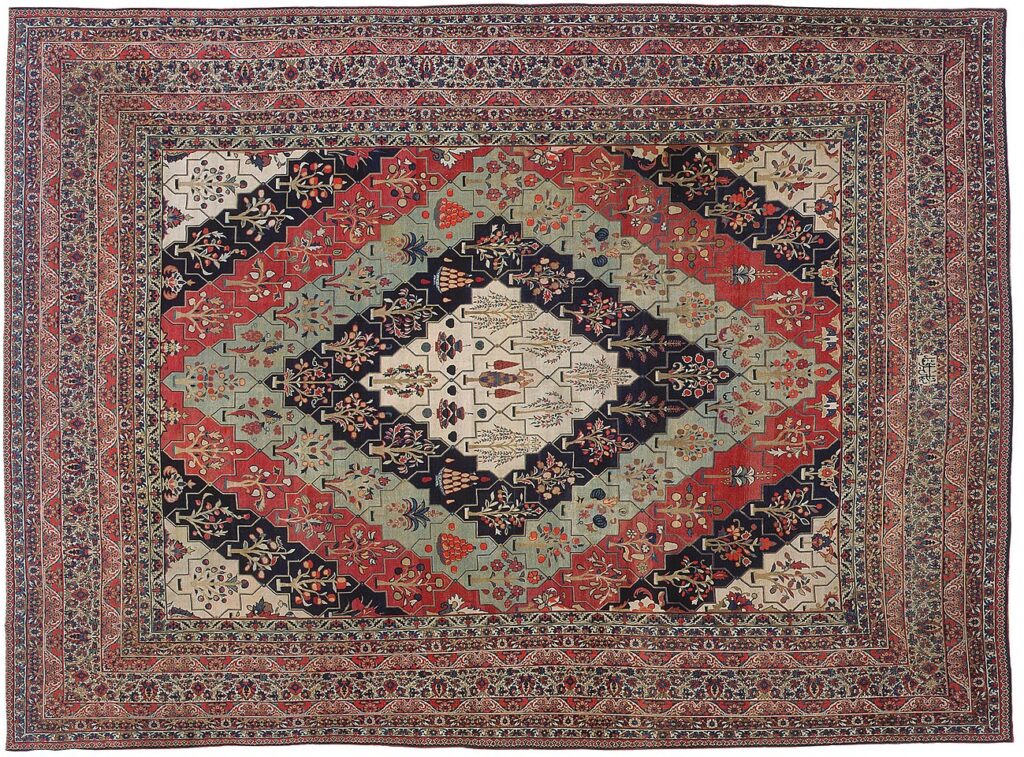
Kerman Persian rugs originate from the southeastern Iranian city of Kerman and are among the oldest types of Persian carpets. Made primarily from wool, some Kerman rugs include silk highlights to add luster. They have been crafted since the 16th century and are known for intricate floral motifs and soft color palettes. The unique designs reflect the artistic traditions of the region.
Kerman rugs are prized for their durability and detailed artistry. High-quality antique pieces sell for thousands to tens of thousands of dollars. Their distinctive patterns make them popular with both collectors and interior designers. These rugs often serve as centerpiece artworks in homes.
Tabriz Persian Rug

Tabriz Persian rugs are woven in the city of Tabriz in northwest Iran and represent some of the finest examples of Persian carpet making. These rugs use wool and silk and are famous for their complex patterns, including medallions, hunting scenes, and floral designs. The history of Tabriz rugs stretches back several centuries, often dating to the 18th and 19th centuries. Their precision and quality are highly respected.
Collectors value Tabriz rugs for their strong colors and intricate craftsmanship. Market prices vary widely but can exceed $20,000 for exceptional pieces. Their reputation as durable and beautiful rugs increases demand. Tabriz rugs remain a top choice for antique carpet enthusiasts.
Oushak Rug

Oushak rugs originate from the town of Oushak in western Turkey and are known for their large-scale floral patterns and warm color tones. These rugs are traditionally woven from high-quality wool and sometimes feature silk accents. They date back to the Ottoman Empire, often created between the 16th and 19th centuries. The bold designs and soft textures have made Oushak rugs famous worldwide.
Collectors value Oushak rugs for their unique colors and artistic freedom. They often sell for prices ranging from $3,000 to $20,000 depending on size and condition. Their comfortable pile and elegant appearance make them popular in both classic and modern interiors. Oushak rugs continue to be admired for their beauty and history.
Heriz Rug

Heriz rugs come from the Heriz region in northwest Iran and are known for their bold geometric patterns and durable construction. These rugs are made from hand-spun wool and often feature a large central medallion. Most antique Heriz rugs date from the late 19th to early 20th centuries. Their rustic charm and strong colors make them popular choices.
The durability and distinct style of Heriz rugs add to their market value. Well-preserved examples can range from $2,000 to $15,000. Their bold designs suit both traditional and contemporary spaces. Heriz rugs are prized for lasting quality and striking looks.
Senneh Rug
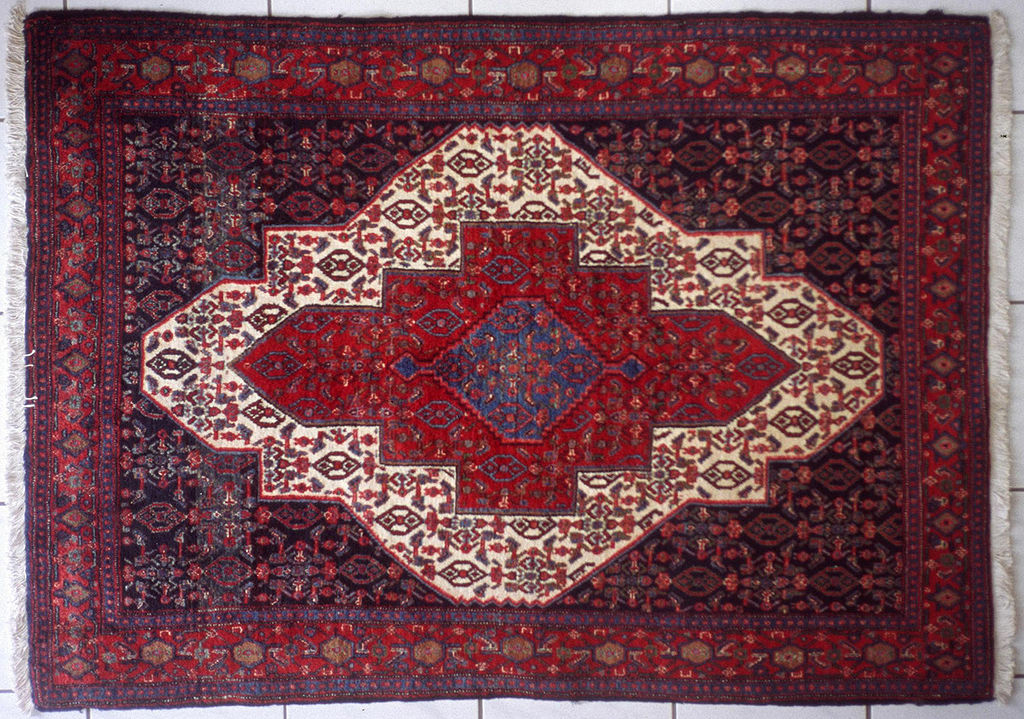
Senneh rugs are woven in the city of Sanandaj, historically known as Senneh, in western Iran. These rugs are known for their fine knotting, detailed floral designs, and soft colors. Produced mainly in the 19th and early 20th centuries, Senneh rugs are often smaller and used as prayer rugs. Their craftsmanship reflects a rich cultural heritage.
Collectors appreciate Senneh rugs for their delicate patterns and fine weave. Prices can range from $1,500 to $10,000 depending on size and condition. Their artistic value and rarity contribute to their appeal. Senneh rugs offer intricate beauty in compact sizes.
Qashqai Rug

Qashqai rugs are created by the Qashqai nomadic tribes in southwestern Iran. These rugs feature bold geometric designs and vibrant colors, often made with hand-spun wool. The rugs date back several centuries and are still woven using traditional methods. Their tribal patterns make each piece unique.
Collectors value Qashqai rugs for their authenticity and cultural significance. Prices vary widely, typically between $1,000 and $10,000. Their durability suits both collectors and daily use. Qashqai rugs represent living traditions in carpet weaving.
Kashan Rug

Kashan rugs come from the city of Kashan in central Iran and are famous for their floral and medallion designs. These rugs are made with high-quality wool and often include silk highlights. Antique Kashan rugs were mainly produced in the 18th and 19th centuries. Their detailed patterns and vibrant colors have made them highly desirable.
Market values for Kashan rugs can reach tens of thousands of dollars. Their fine craftsmanship and artistic merit attract collectors worldwide. These rugs fit well in both formal and casual settings. Kashan rugs are a symbol of Persian carpet excellence.
Bakhtiari Rug

Bakhtiari rugs are handwoven by the Bakhtiari tribes in western Iran. Known for their lively colors and bold patterns, these rugs use wool with natural dyes. Most antique Bakhtiari rugs date from the late 19th century. Their tribal designs often feature garden motifs and diamond shapes.
Collectors prize Bakhtiari rugs for their vibrant colors and durable weave. Prices range from $1,500 to $12,000 for quality pieces. Their unique tribal history adds cultural value. Bakhtiari rugs bring energy and tradition to any space.
Kurdish Rug
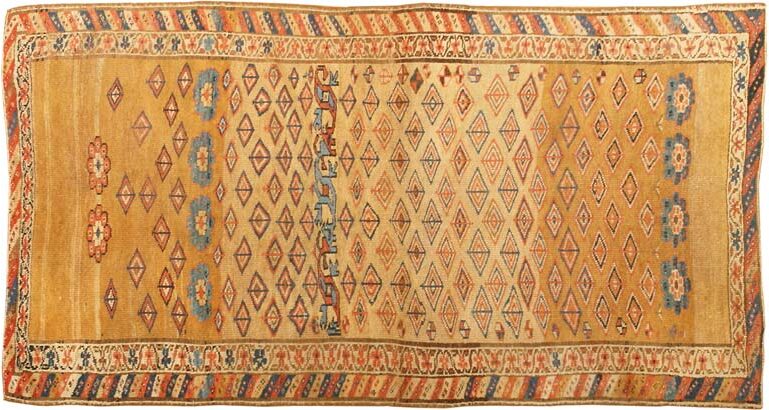
Kurdish rugs originate from the Kurdish regions of Iran, Iraq, and Turkey. They are known for their rich reds, blues, and geometric patterns. Made from hand-spun wool, these rugs were created primarily in the 19th and early 20th centuries. Their bold, tribal designs attract collectors interested in ethnic weaving traditions.
Kurdish rugs can sell from $1,000 to $8,000 depending on size and condition. Their raw, authentic look appeals to collectors and decorators. These rugs often have symbolic meanings in their patterns. Kurdish rugs represent a proud weaving heritage.
Afshar Rug

Afshar rugs are created by the Afshar tribes in Iran and are known for colorful geometric patterns. They are woven from wool using traditional tribal techniques. These rugs date from the late 19th to early 20th centuries. Their bright colors and tribal motifs are eye-catching.
Collectors prize Afshar rugs for their vibrant design and cultural authenticity. Market values range from $1,000 to $7,000. Their small to medium sizes suit many spaces. Afshar rugs carry strong tribal heritage.
Malayer Rug
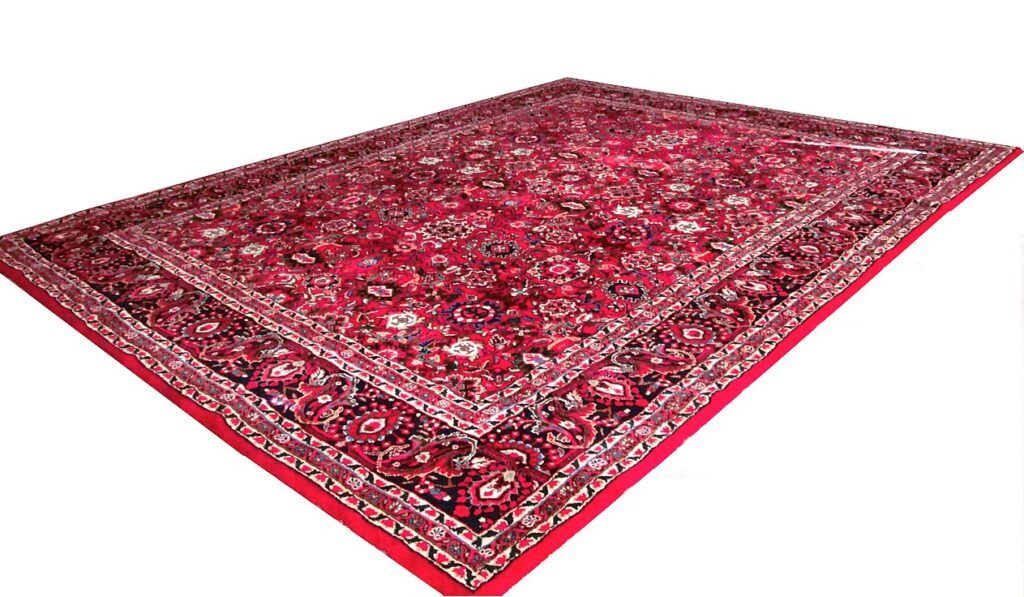
Malayer rugs come from the Malayer region of Iran and are appreciated for floral and geometric designs. These rugs are made from soft wool and were produced mainly in the 19th century. Their delicate patterns and muted colors make them versatile. Malayer rugs are valued for their quality and beauty.
Prices for Malayer rugs range from $1,200 to $6,000. They are sought after for both decoration and collection. The craftsmanship reflects skilled tribal traditions. Malayer rugs offer understated elegance.
Herati Rug
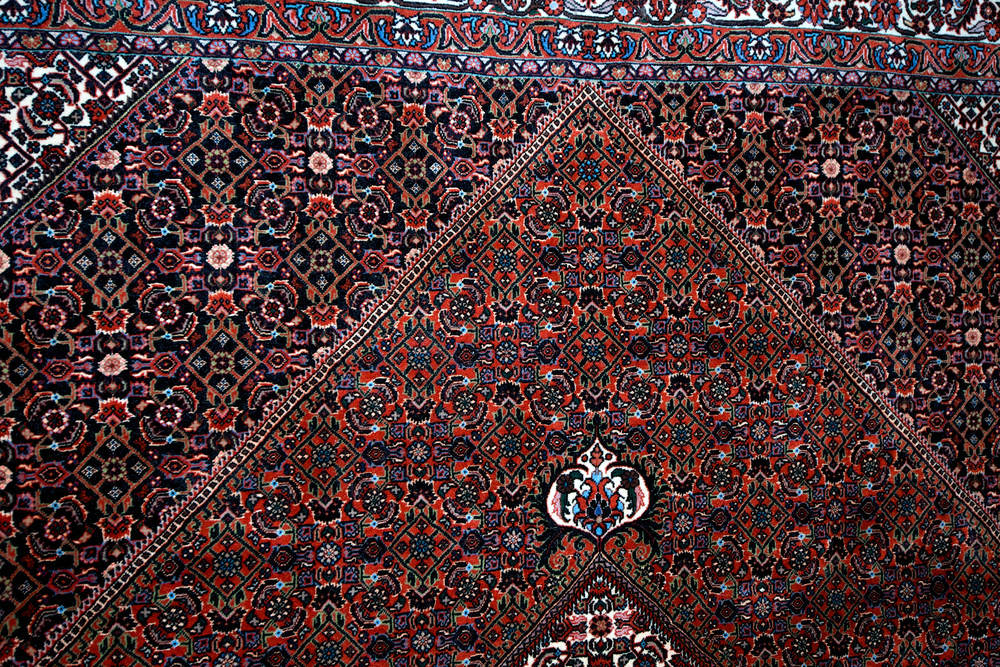
Herati rugs, named after a pattern rather than a specific location, are woven throughout Persian carpet regions. They feature a repeating floral and fish design, often framed by intricate borders. Made from wool and sometimes silk, these rugs date back centuries. Their classic design makes them timeless and valuable.
Collectors prize Herati rugs for their balance of color and pattern. Prices vary widely, ranging from a few thousand to over $20,000. These rugs can suit both modern and traditional settings. Their historic and artistic value is widely recognized.
Antique rugs remain some of the most treasured and valuable pieces in home decor and collections. Their unique origins, materials, and craftsmanship contribute to their lasting appeal. Understanding the history and qualities of these rugs can help buyers make thoughtful choices. Investing in these timeless textiles adds beauty and character to any space.
This article originally appeared on Avocadu.
